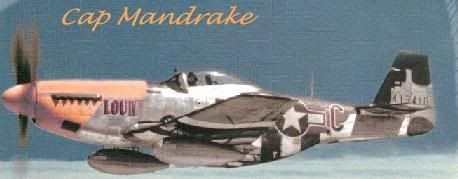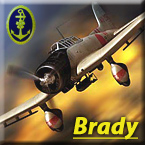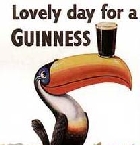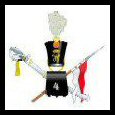Cap Mandrake
Posts: 23184
Joined: 11/15/2002
From: Southern California
Status: offline

|
pbear;
That is an odd handgun for a US Officer...but check this out...the RAAF had Liberators too:
In 1942, the Australian government began to explore the possibility of manufacturing heavy bombers in Australia to equip the Royal Australian Air Force (RAAF). The Liberator, by virtue of its excellent long-range characteristics, was a natural choice for Australia because of the large distances that would be encountered by the RAAF in the Pacific theatre of operations.
However, at an early date it was deemed infeasible to manufacture the Liberator under license in Australia since it was already under production in several plants in the USA. Instead, the Avro Lancaster was chosen for Australian production. However, the war ended before such production could get under way. However, 73 examples of the improved Lincoln version were built in Australia starting in 1946.
Although Australia had opted not to manufacture the Liberator, in late 1943, General George C. Kenney, commander of Allied Air Forces in the South West Pacific Area, recommended that the RAAF form seven Liberator squadrons. The USAAF would assist the RAAF with both the procurement of aircraft and the training of crews. The RAAF personnel would be temporarily attached to the US Fifth Air Force to gain experience.
In February of 1944, twelve B-24Ds were obtained second-hand from USAAF stocks and delivered to Australia. They were assigned the RAAF serials A71-1 through 12. By this time, the B-24D was well past its prime, and was deemed suitable only for operational training, pending the arrival of more capable Liberator versions. These B-24Ds were assigned to No 7 Operational Training Unit based at Tocumwal, Victoria to carry out heavy bomber operational training for air crews. They served there until 1945. None ever saw any combat, and this unit was disbanded at the end of the war.
The definitive Liberators for RAAF service were the B-24J, L, and M versions, the first of which was delivered in May of 1944. 287 Liberators were ultimately taken on charge by the RAAF, with 168 of them being allocated under the terms of Lend-Lease. They were assigned the serial number A72-31/198 and A72-300/405. Some of these were delivered to No 7 OTU for training, but most of the others were delivered to operational units for combat. The following RAAF squadrons were equipped with Liberators: Nos. 12, 21, 23, 24, 25, 36, 99, and 102. Five of these squadrons had previously operated Vultee Vengeance dive bombers. Most of the RAAF Liberator operations were directed against targets and shipping in the former Dutch East Indies which had been overrun by the Japanese. Many RAAF Liberator operations were conducted out of air bases in the Northern Territory and Queensland, whereas others were flown from bases in Burma. As islands to the north were liberated from the Japanese, the Liberators would often take off from Australian bases, bomb their targets, and then land at bases in Borneo or Morotai. They would then bomb up again and attack other targets and return to their bases in Australia. In addition, Nos 200 and 201 Special Duties Flights flew Liberators in covert operations, which generally involved the dropping of agents, the support of guerilla operations, and the supplying of coastal watchers.
_____________________________

|
 Printable Version
Printable Version













 )
)






















 New Messages
New Messages No New Messages
No New Messages Hot Topic w/ New Messages
Hot Topic w/ New Messages Hot Topic w/o New Messages
Hot Topic w/o New Messages Locked w/ New Messages
Locked w/ New Messages Locked w/o New Messages
Locked w/o New Messages Post New Thread
Post New Thread